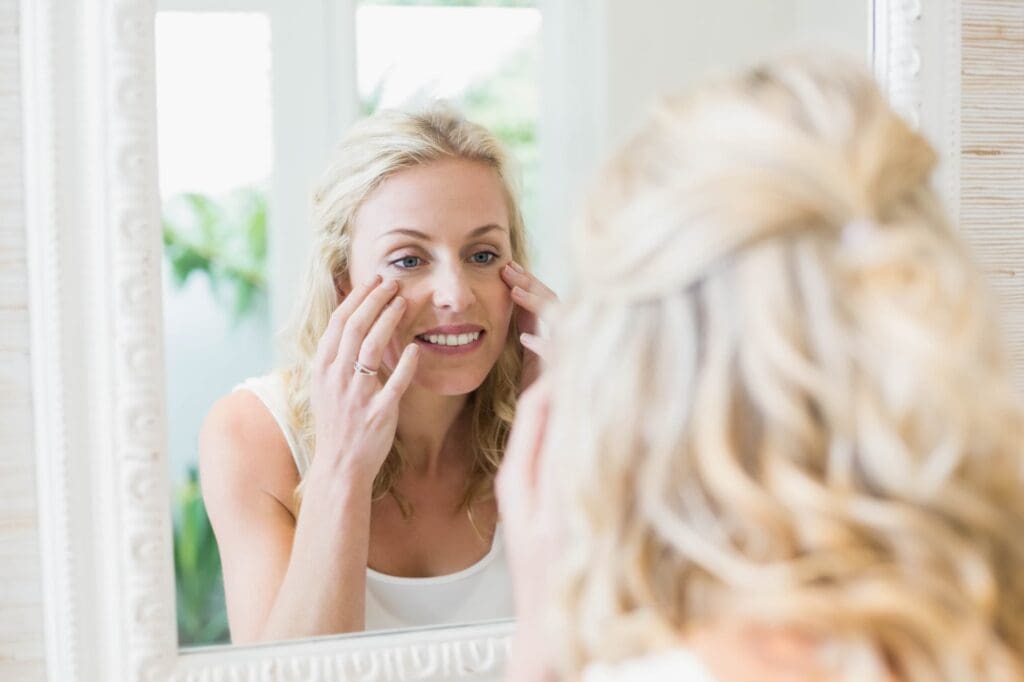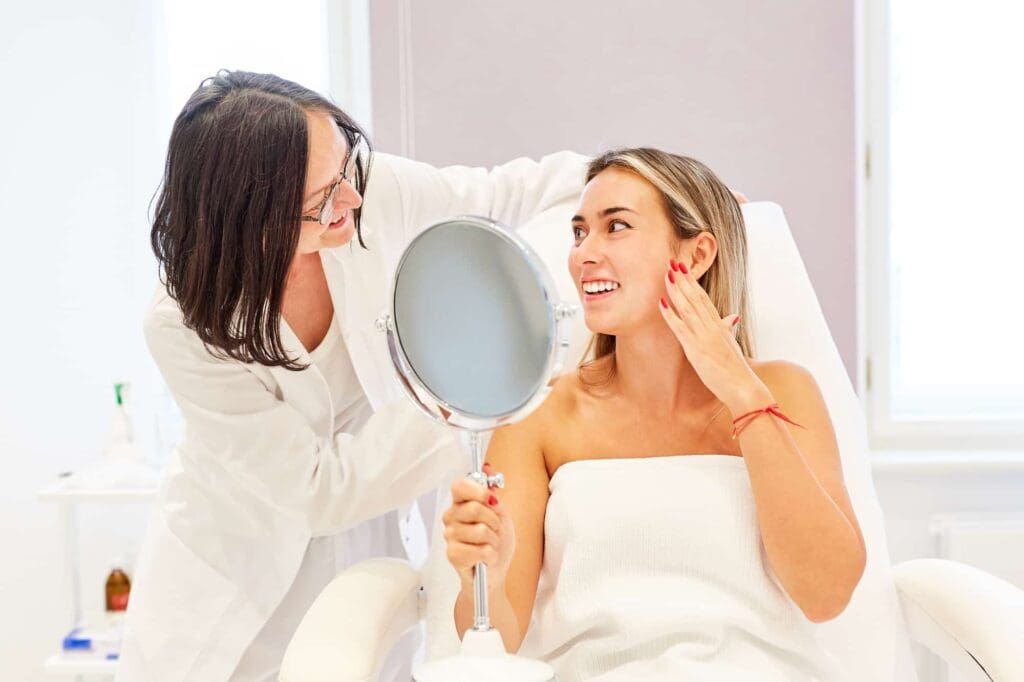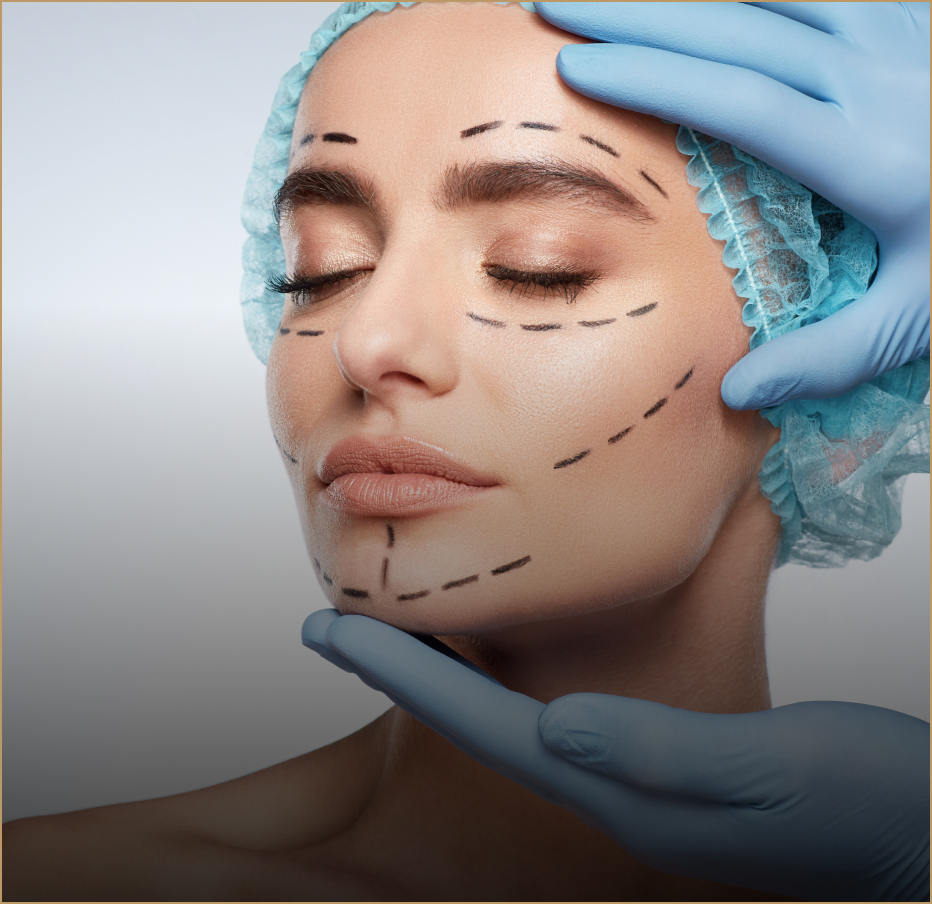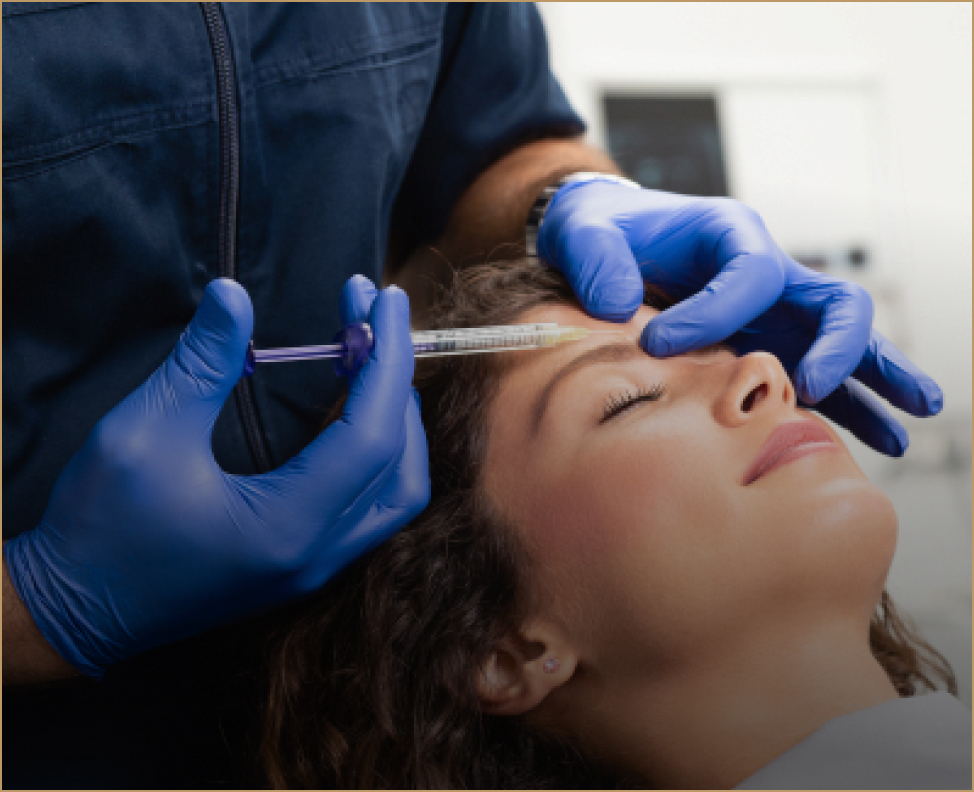Making the decision to undergo plastic surgery is exciting, but it is also a process that needs to be approached just as much mentally as it does physically. As a board-certified facial plastic surgeon with over 25 years of experience, I have helped numerous patients through their surgical experience. I know for a fact that the state of the mind plays a crucial role in the outcome of your procedures!
Whether you are thinking of a small enhancement or a significant change, it is important to be mentally prepared as your frame of mind directly impacts your overall experience, satisfaction, and recovery. Here are my top recommendations for preparing yourself psychologically for plastic surgery.

Learn about the procedure you want to undergo
Knowledge is power. Understanding the surgical process, recovery, and what to expect from the results will help to reduce your anxiety and have the right expectations. At Quintessa, we take our patients through an in-depth consultation process to ensure we cover all aspects of your procedure from your pre-op appointment to six months of recovery.
The more information you know, the better you will feel about the decision you are making. Learn about the procedure by talking to your surgeon, reading the literature we provide, and listening to people who have undergone the same procedure at Quintessa.
Set realistic goals
Plastic surgery can be a powerful way to enhance your natural beauty and boost your self-confidence. While it won’t completely change who you are or solve emotional struggles, it can help you feel more aligned with how you see yourself.
During your consultation, we’ll explore your goals together and help you understand what’s achievable, so you feel confident and informed every step of the way. When your expectations are in harmony with what’s possible, the results feel even more rewarding—and your satisfaction is that much greater.

Get ready for the emotional highs and lows that come with surgery
Surgery is a process, and as with any process, it’s normal to experience highs and lows. It is quite normal to feel happy, worried, or even a little anxious before your procedure. It is also common after surgery that emotions shift as patients deal with swelling, bruising, and any other discomforts.
During this time, it’s important to not compare yourself with others’ experiences and remember that everyone heals and handles recovery differently. Kindly remind yourself that these are all temporary symptoms that the body must experience in the process of healing before the final result can be celebrated.
Develop a positive support system
Having friends or family to support you during recovery can make a huge difference emotionally and physically. The healing process can be an emotional roller coaster but having someone you can confide in to offer encouragement and reassurance is essential. When you have the assistance you need for recovery, that also puts your mind more at ease as you prepare for surgery.
Your support system may include:
- A spouse or partner
- Close friends
- Your parents, siblings, or other family members
- People in the community who have undergone the same thing
- Online support groups for people undergoing similar procedures
Maintain a healthy diet and exercise regime before the surgery
Your mental and physical states are interconnected. It is advised that in the weeks leading up to your procedure, you should eat a balanced diet, get enough sleep, drink plenty of water, and manage your stress levels. A healthy body means a healthy mind and a quicker recovery.
Communicate regularly with your surgeon
The patient-practitioner relationship is an essential aspect of the patient’s confidence and readiness. At Quintessa, we encourage our patients to ask questions and reach out with any concerns. We are here to explain things, encourage you, and help you through the entire course of treatment offering reassurance to know that you are in the safe hands of an experienced and caring team.
Imagine a positive outcome
One of the most effective ways of preparing the mind is by practicing mental imagery. This is a powerful tool that can help you feel more relaxed, optimistic, and confident before and after surgery. It’s also a technique that can be useful in managing anxiety and improving the quality of life. By mentally rehearsing a smooth procedure you set yourself up for a positive mindset.

Let Quintessa help you prepare for your upcoming plastic surgery
Plastic surgery is a personal and quality of life-improving decision. In my view, mental readiness is as important as the physical one. To this end, you should ensure that you are informed, have realistic expectations, and have the support of your friends and family to help you approach your procedure with confidence.
At Quintessa, it is my goal, and that of my team, to provide not only the best surgical results but also the best care and support from the moment you undergo treatment till the end of the treatment process.
If you are interested in plastic surgery and would like to know more about the options available, I invite you to schedule a consultation. We will discuss your concerns thoroughly, create a treatment plan, and ensure that you are ready for the journey to a new you—a journey that will help you rediscover your beauty and confidence.










